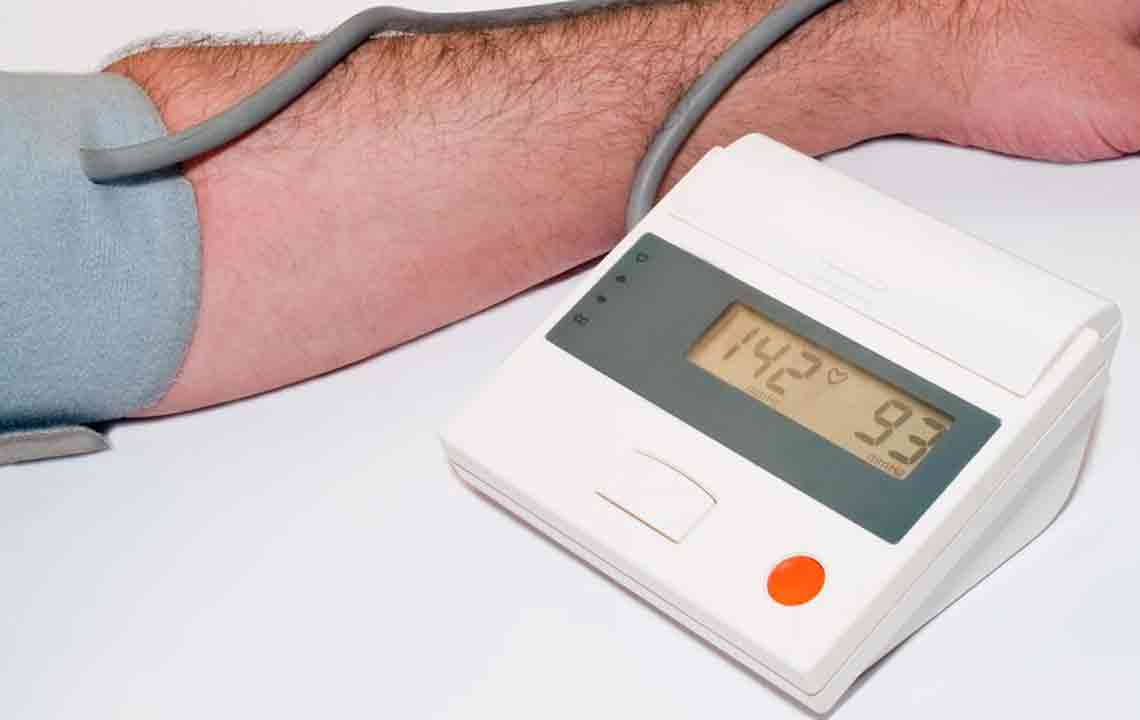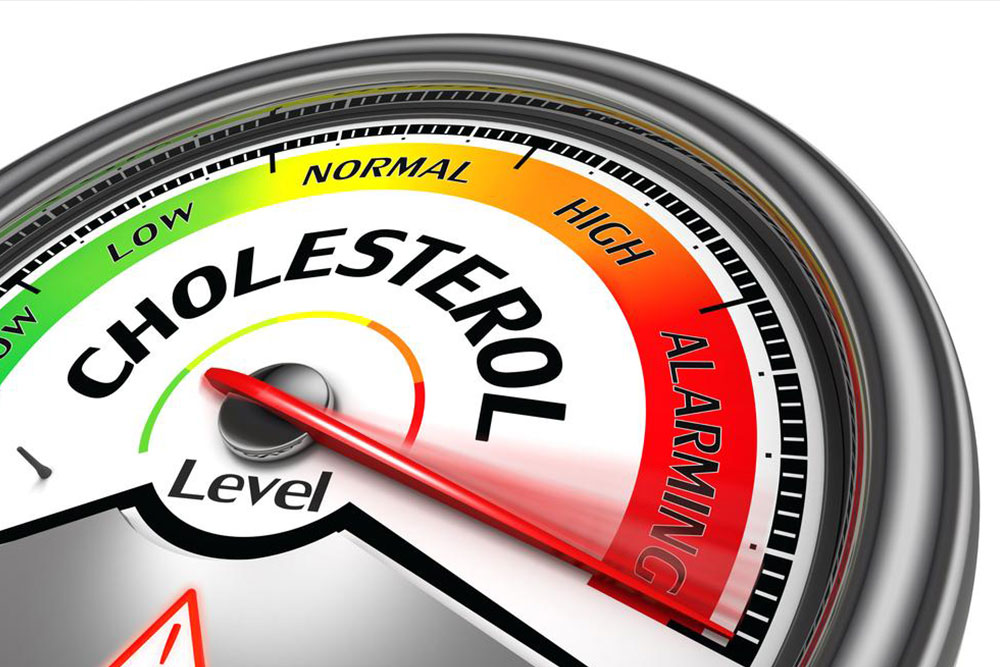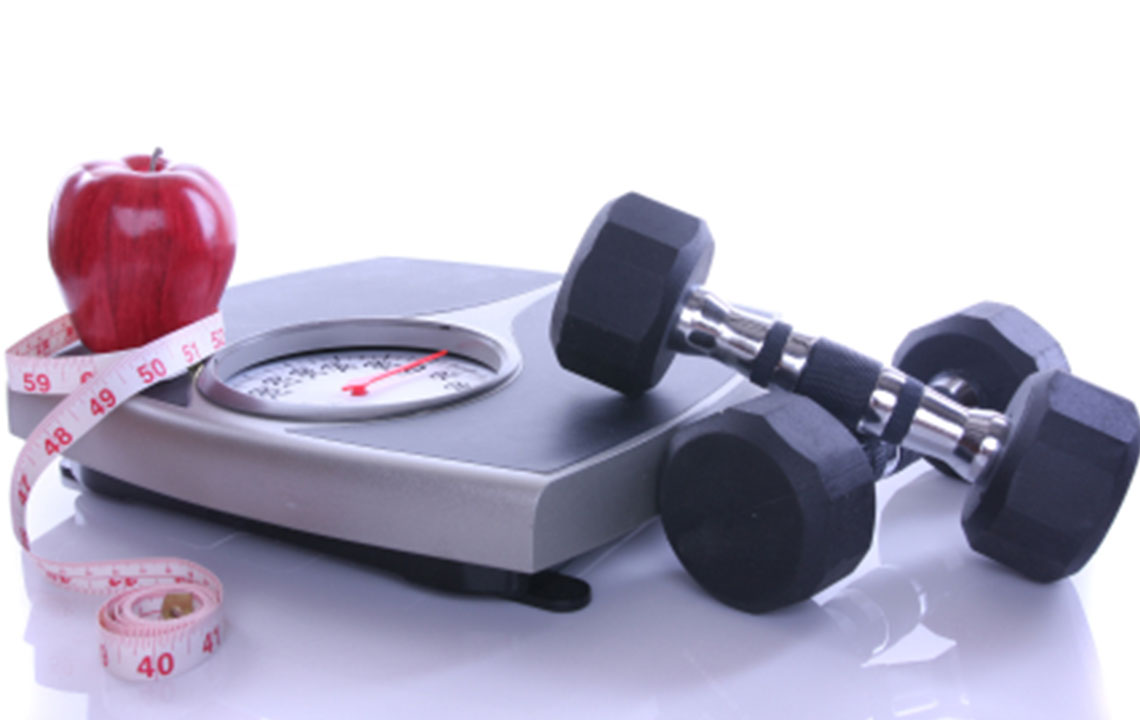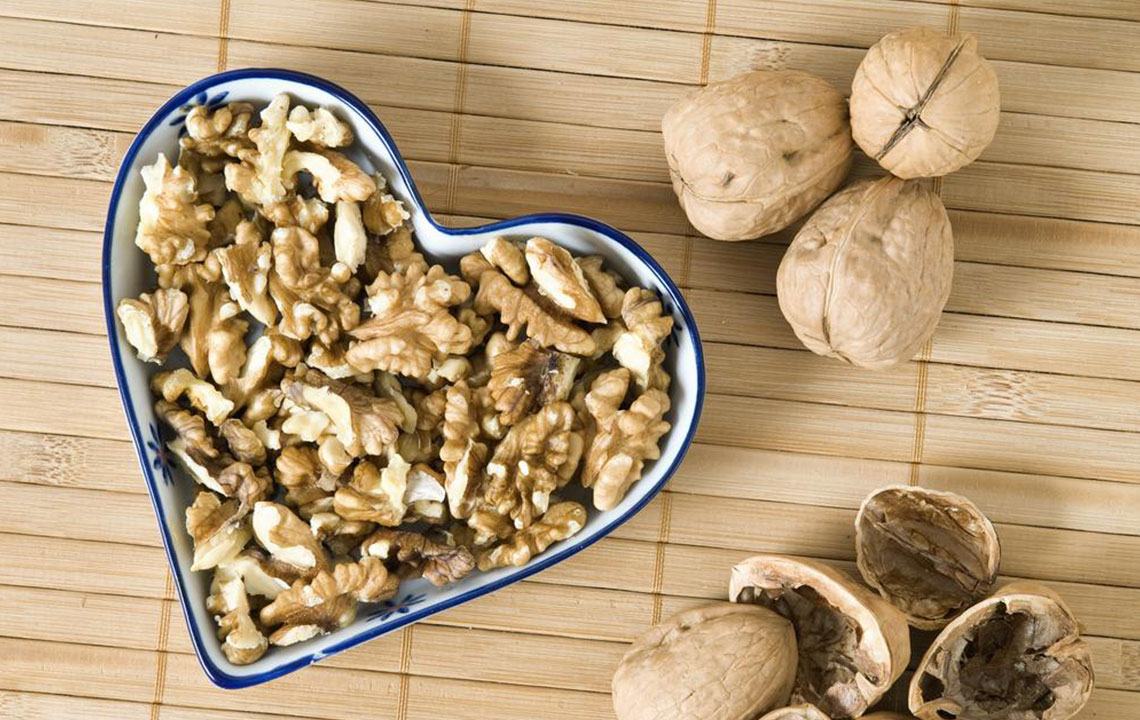Comprehensive Guide to Managing and Maintaining Healthy Cholesterol Levels for Heart Wellness
Explore comprehensive strategies for managing cholesterol levels to promote heart health. Learn about the types of cholesterol, risk factors, recommended testing schedules, dietary tips, and lifestyle modifications. This guide emphasizes the importance of routine monitoring and proactive measures to prevent cardiovascular diseases and maintain overall well-being.

Understanding Cholesterol and Its Role in Heart Health
Cholesterol is a waxy, fat-like substance that your body produces naturally, primarily in the liver. Despite its reputation, it plays an essential role in maintaining cell membrane integrity, synthesizing vital hormones (such as cortisol, estrogen, and testosterone), producing vitamin D, and creating bile acids necessary for fat digestion. While all these functions are crucial, managing cholesterol levels is vital to ensuring your overall health, especially your heart health. Unbalanced cholesterol, particularly when elevated, poses significant risks, increasing the likelihood of cardiovascular diseases, including heart attacks and strokes.
The body's regulation of cholesterol involves a complex process of production, absorption, and elimination. The liver primarily manages the production of cholesterol and helps regulate its levels through various mechanisms. However, lifestyle choices, especially diet, heavily influence these levels. Consuming foods rich in unhealthy fats—such as saturated fats found in dairy products and meats, trans fats present in processed snacks and baked goods, and fried foods—can significantly elevate blood cholesterol. Moreover, sedentary lifestyles and certain medical conditions exacerbate the problem, emphasizing the importance of holistic management.
Blood cholesterol levels are classified based on different types of lipoproteins, primarily low-density lipoprotein (LDL), high-density lipoprotein (HDL), and triglycerides. LDL, often termed 'bad cholesterol,' is responsible for depositing cholesterol in the artery walls, leading to plaque buildup and narrowing of the arteries, which can cause blockages and increase the risk of coronary heart disease. Conversely, HDL is considered the 'good cholesterol' because it helps remove excess cholesterol from the bloodstream by transporting it to the liver for breakdown and excretion.
Elevated LDL and triglycerides coupled with low HDL levels markedly increase the risk of developing cardiovascular problems. Therefore, routine monitoring of cholesterol levels is crucial for early detection and management. The American Heart Association recommends that adults undergo a lipid profile test every four to six years, starting from age 20. Individuals with existing high cholesterol, family history of heart disease, or other risk factors should have their levels checked more frequently. For children and adolescents aged 9-12 and again at 17-21, screening is advisable to detect early signs of dyslipidemia. Those with genetic predispositions, such as familial hypercholesterolemia, require earlier and more regular testing to mitigate lifelong risks.
In terms of optimal targets, total cholesterol should be maintained below 200 mg/dL to promote heart health. Several factors influence these levels, including dietary habits, weight, physical activity, age, gender, genetic makeup, and concurrent health conditions like diabetes. Diets high in trans fats, saturated fats, and processed foods tend to raise LDL cholesterol, while physical inactivity and obesity contribute to higher levels of bad cholesterol and triglycerides. Conversely, consuming a heart-healthy diet, engaging in regular physical activity, and maintaining a healthy weight are key strategies for managing cholesterol effectively.
Effective cholesterol management involves adopting a healthy lifestyle complemented by medical interventions when necessary. Dietary modifications include emphasizing fiber-rich foods such as fruits, vegetables, whole grains, and legumes. Incorporating omega-3 fatty acids—found in fatty fish like salmon, mackerel, and sardines—has been proven to lower triglyceride levels and support overall heart health. It is also advisable to limit intake of trans fats and saturated fats, found in fried foods, baked goods, and processed snacks.
Physical activity plays a vital role in improving lipid profiles. Engaging in regular aerobic exercises—such as brisk walking, running, cycling, swimming, or participating in sports—can raise HDL cholesterol and lower LDL and triglycerides. The American Heart Association recommends at least 150 minutes of moderate-intensity exercise or 75 minutes of vigorous activity each week for cardiovascular benefits. Weight management through diet and exercise not only helps control cholesterol levels but also reduces other cardiovascular risk factors like high blood pressure and diabetes.
Medications, including statins, may be prescribed by healthcare providers for individuals with significantly high cholesterol or those at high risk of heart disease. While medications can be effective, they should be viewed as adjuncts to lifestyle changes rather than replacements. A comprehensive approach combining healthy eating, physical activity, weight management, and proper medical treatment provides the best chance to maintain optimal cholesterol levels and reduce cardiovascular risk.
Ultimately, understanding your cholesterol profile and actively working to keep it within healthy ranges is a critical step in safeguarding your heart health. Regular check-ups, mindful eating habits, consistent exercise routines, and adherence to medical advice create a robust defense against cardiovascular diseases. Remember, making sustainable lifestyle changes today can significantly impact your health in the long run, allowing you to enjoy a healthier, longer life.





